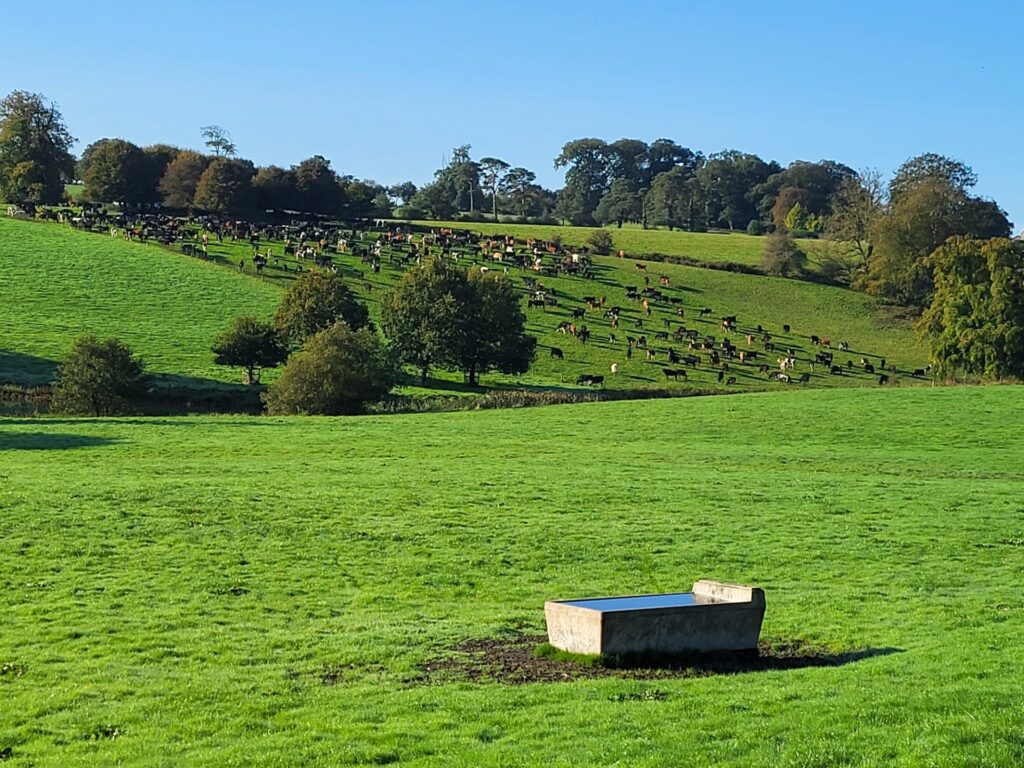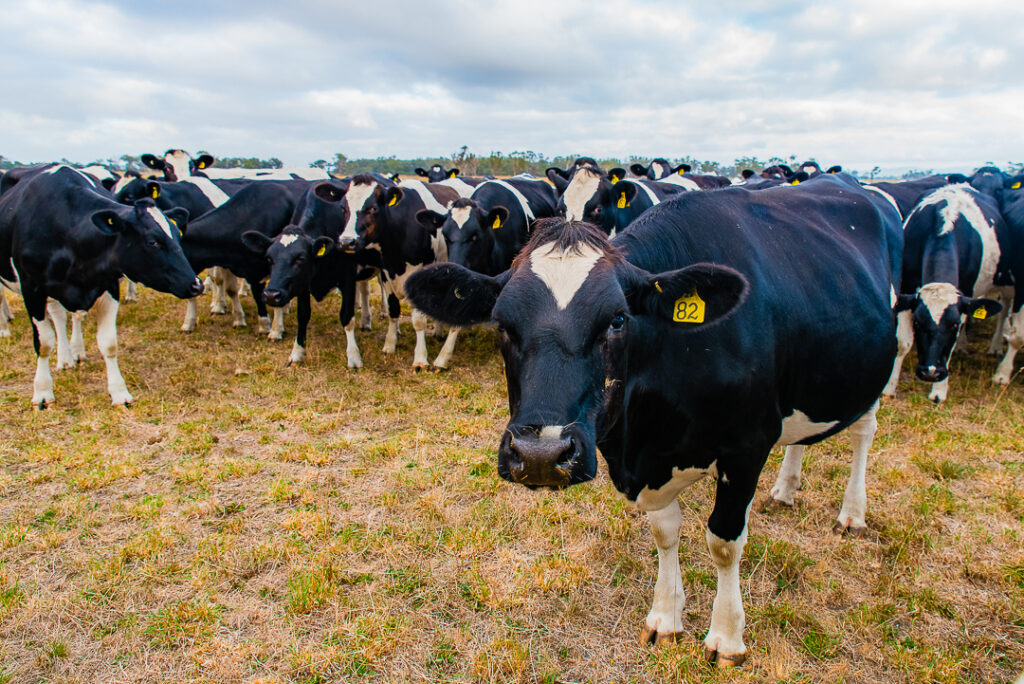This autumn has delivered exceptionally mild conditions across the country, resulting in very high average grass covers and growth rates exceeding seasonal norms by 10–15 kg DM/ha in many areas. While this is positive for feed availability, it also presents management challenges that need careful attention to avoid issues heading into spring.
Why High Covers Require Action Now
Some farmers have opted to graze back into the highest covers—a practice usually avoided—but given the current growth and cover levels, this may be the best option. The goal is to bring average covers back under control to ensure optimal conditions for spring.
Failing to act could lead to:
- Excessively high entry covers in spring
- Canopy closure, slowing regrowth
- Poor utilisation during wet conditions, reducing grass quality for subsequent rounds
With spring milk prices uncertain, poor utilisation early on could be a costly mistake.
Ground Conditions: Better Than Expected
Despite recent rainfall, ground conditions remain generally good. The dry summer left soils below water-holding capacity, meaning many areas are still relatively dry. If unsure, dig below the root zone – you may be surprised how dry it is.
Balancing Grass and Body Condition
Don’t chase grass at the expense of cow body condition. There’s a balance to maintain:
- Late calvers can help “mop up” surplus grass
- Autumn calvers: While some herds are in good condition, others that endured a tough summer may be low. Maize over winter should help but monitor closely.
- In extreme cases, once-a-day milking for a short period can support body condition without removing cows from the herd.
Breeding and Bulling
Most autumn herds are bulling well, though it’s still early to assess returns.
Forage Stocks: Tight This Winter
Forage supplies are limited, so recalculate usage and stocks regularly. Acting early is cheaper than late. Some herds are targeting high autumn covers as a January feed source to offset poor silage stocks. If you can access this, plan ahead:
- 3-4 kg DM per morning session can extend forage and provide an energy and protein boost.



